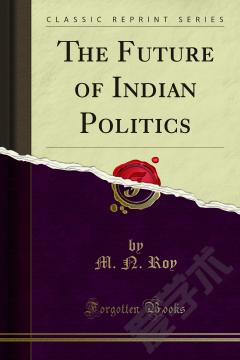Political Economy of Contemporary India
The need to understand regional variation in politics and political economy, and how these have contributed to different developmental outcomes across various parts of India, remains pressing. It was suggested in the early 1960s that in India the central government was largely under the control of a national capitalist class, while the states were dominated by landed interests. Does such a formulation hold ground today? With increasing political mobilization among lower classes and castes and the diffusion of economic power to the state level after the reforms, how can variation in regional development be characterized? This volume aims to answer these questions by studying aspects of macro-economy, land, labour and employment from a variety of analytical and disciplinary perspectives. It offers rich analyses of economic growth viewed through the lenses of caste, regional politics and public investment, while also looking at long-term trends in employment and wages in the public sector, and the consequences of legal and policy reform.
{{comment.content}}








 京公网安备 11010802027623号
京公网安备 11010802027623号